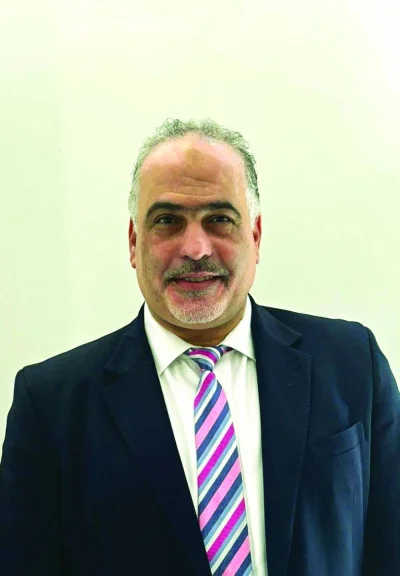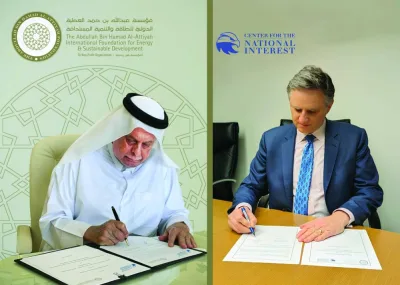When two new, highly sophisticated airplanes fall from the sky in similar, mysterious circumstances, passengers have a right to be alarmed. This is a crisis for Chicago-based Boeing and CEO Dennis Muilenburg. The company has a stellar reputation for aircraft design and building – a reputation now on the line.
Here are four questions for Boeing that require investigation while the 737 Max 8 and 737 Max 9 models remain grounded:
What, precisely, caused the crashes of these two jets within the space of five months?
The Ethiopian 737 Max 8 jet, delivered in November 2018, took off in clear weather from the capital, Addis Ababa, on March 10, but the pilot almost immediately reported problems and asked to return to the airport. The plane crashed within minutes. Similarly, Lion Air Flight 610, a 737 Max 8 delivered in August 2018, went down just after departure, moments after the pilot sought to return to the field. In both cases, the 737 Max apparently failed to maintain a steady climb, veering erratically as if the pilots were struggling to keep control of the aircraft.
The focus of scrutiny is an automated anti-stalling programme known as MCAS, or Manoeuvering Characteristics Augmentation System, that pushes down the nose if it senses the risk of a stall. MCAS is intended as a safety measure to compensate for the airplane’s larger engines, which could affect the 737 Max’s aerodynamics. In the Lion Air crash, sensors possibly misread the plane’s performance and sent the jet into a dive to avoid a phantom stall. The pilot evidently lost a battle for control. Did the Ethiopian Airlines flight suffer a similar fate?
Did any element of the design or certification process for the 737 Max introduce a risk factor?
The US government, Boeing, airline officials and others are examining the crashes. A focus of inquiry is the development and certification process of the 737 Max, a newly updated version of the workhorse single-aisle jet. The issue is whether Boeing and the Federal Aviation Administration properly analysed the function of the MCAS flight control system. The Seattle Times reports that a Boeing safety analysis may have understated the system’s ability to respond forcefully to a perceived stall and then reset to repeatedly push down the nose. The newspaper, citing unnamed sources at the FAA and other aviation organisations, explored whether the FAA delegated too much authority to Boeing to assess the airworthiness of its own product.
Was pilot training adequate?
A Boeing sales advantage to customers is that the 737 Max is an advanced version of a familiar jet, which should make it easier and less expensive for airlines to introduce to the fleet. But news reports after the Lion Air crash quoted some pilots suggesting Boeing didn’t adequately explain to pilots how the plane could commandeer flight controls. Boeing and regulators also apparently agreed that pilots previously cleared to fly the 737 didn’t require additional time training in a flight simulator.
How will Boeing assure that the 737 Max is safe to fly?
The answer to this question depends in large part on final assessments of what caused each accident. A final report on the Lion Air crash is expected later this year. Boeing and the FAA have said that safety certification of the 737 Max met government requirements. Muilenburg said Boeing is examining the design and operation of the 737 Max and will make any appropriate changes. For several months, the company has been working on software fixes to MCAS that are due to be introduced in April.
Trust in the safety of aircraft is implicit in the act of flying. No one should have to book a flight wondering what may happen during or after takeoff.
Mr Muilenburg, on behalf of the flying public: Figure out what went wrong aboard the 737 Max, make it right, and reassure the flying public that air travel is safe. – Tribune News Service



